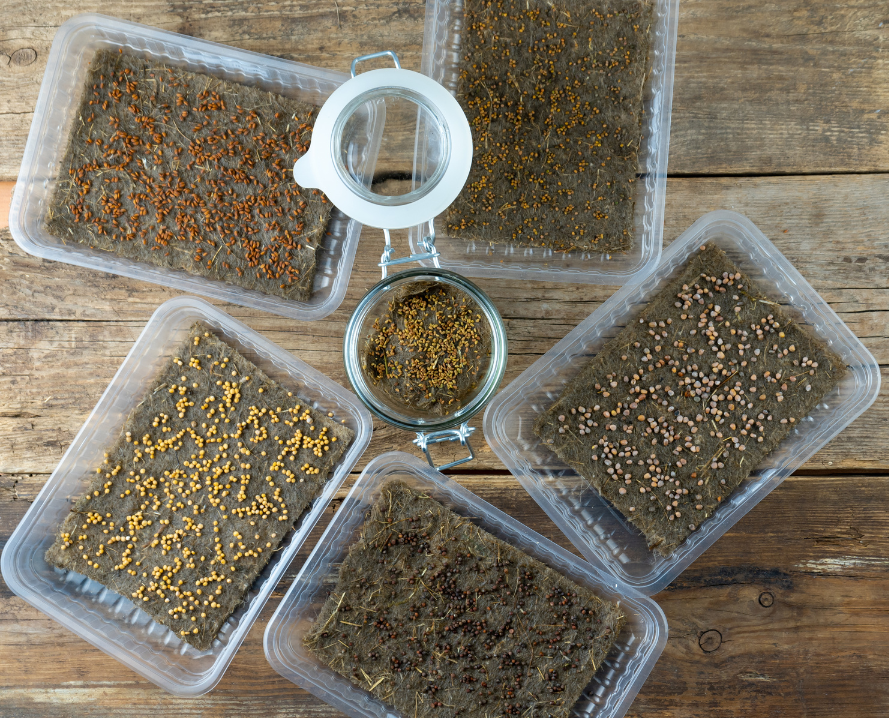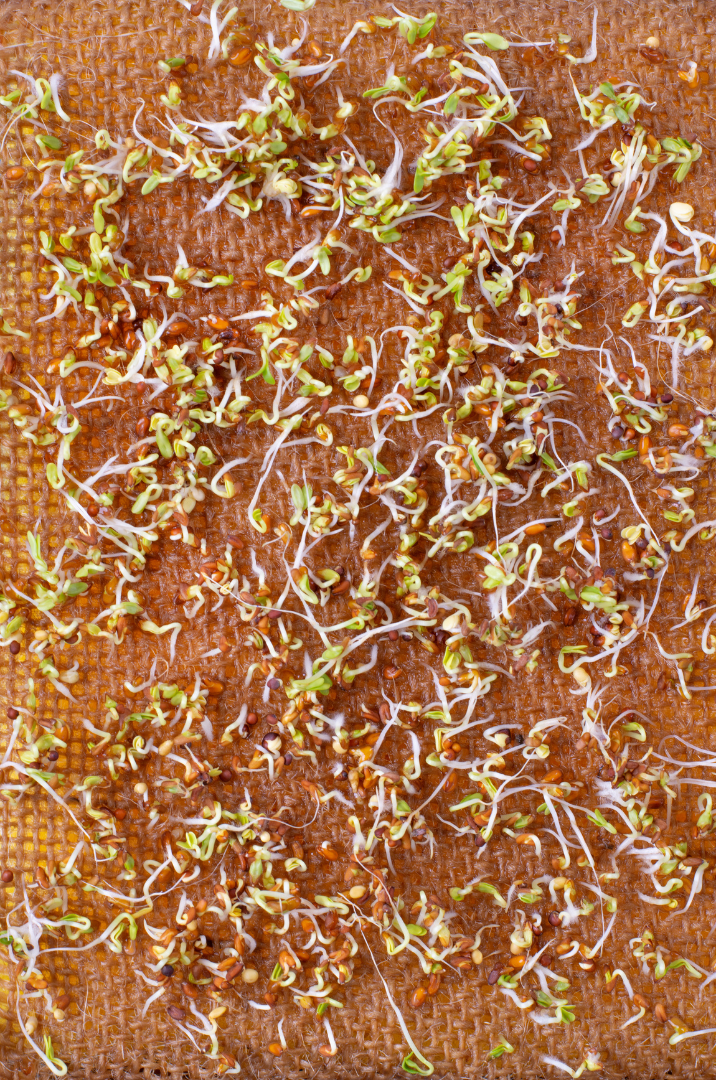
Soaking microgreen seeds can offer several benefits that contribute to successful microgreen cultivation. Microgreens are young, edible plants harvested at an early stage of growth, typically when they have developed their first true leaves. Soaking seeds in water before planting can soften their outer seed coat, making it easier for moisture to penetrate and initiate the germination process. This can lead to faster and more uniform germination, ensuring a higher success rate in your microgreen tray. Faster germination means you can harvest your microgreens sooner. This is particularly important for microgreens, as they are typically harvested at a very early stage of growth when they are most tender and flavorful. Soaking can help revive older or less viable seeds. It provides them with the moisture they need to start germinating, even if they might have been stored for an extended period. Soaking seeds can lead to more even and consistent growth among your microgreens, as it helps ensure that all seeds start the germination process at roughly the same time. Soaking can activate enzymes within the seeds that aid in the breakdown of nutrients, making them more accessible to the emerging seedlings. This can result in healthier and more nutrient-rich microgreens. Some microgreen seeds are very small and lightweight, making them prone to float on the soil surface when watered. Soaking can help these seeds sink into the soil, ensuring better seed-to-soil contact and improving germination rates.
While soaking seeds is not necessary for all microgreen varieties, some seeds tend to benefit from soaking more than others. Here are some microgreen varieties that are commonly soaked before planting:
- Peas: Pea microgreens are known to benefit from soaking. Soaking for 8-12 hours can help soften their thick seed coats, which can be quite hard and dense.
- Sunflower: Sunflower microgreens have large seeds with tough shells. Soaking them for 12-24 hours can help speed up germination by softening the seed coat.
- Beetroot: Beetroot microgreens often have hard seed coats. Soaking for 4-8 hours can improve germination rates and reduce the time to harvest.
- Chia: Chia microgreens have tiny seeds that can absorb water rapidly. Soaking them for 30 minutes to an hour can enhance their hydration, leading to more robust seedlings.
- Basil microgreen seeds can benefit from soaking for 4-6 hours, which can improve germination rates and help produce healthier plants.
- Coriander: Soaking coriander microgreen seeds for 6-12 hours can help soften their seed coats and promote more consistent germination.
- Flax microgreens have small, hard seeds. Soaking them for 12-24 hours can improve germination and help the seedlings establish themselves more easily.
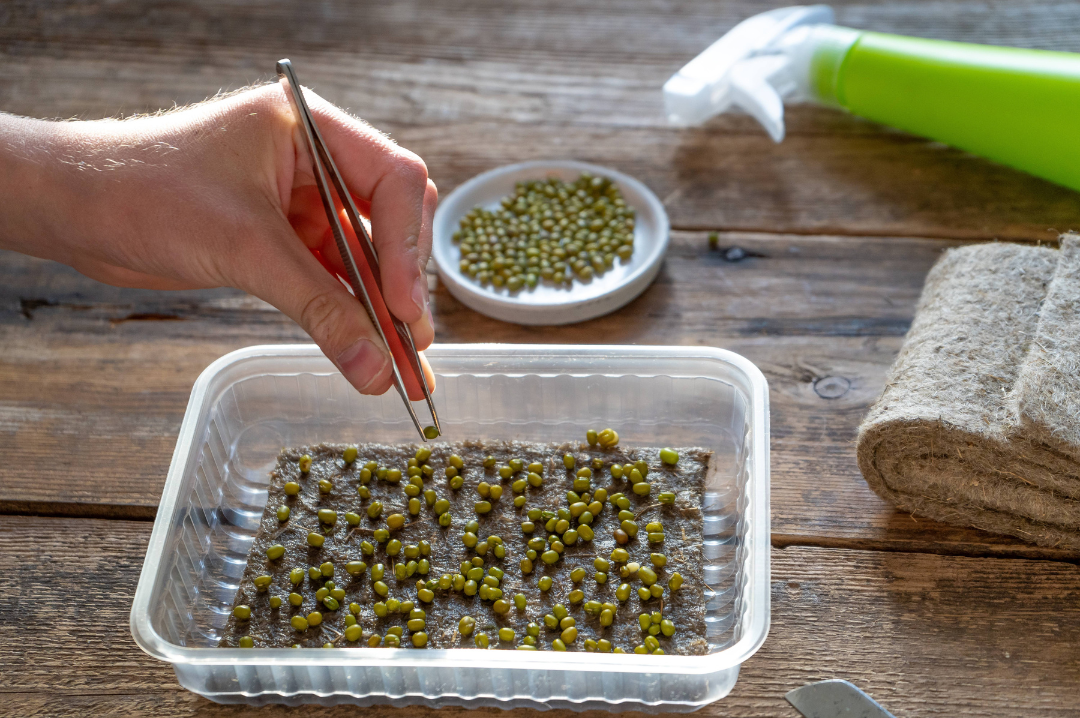
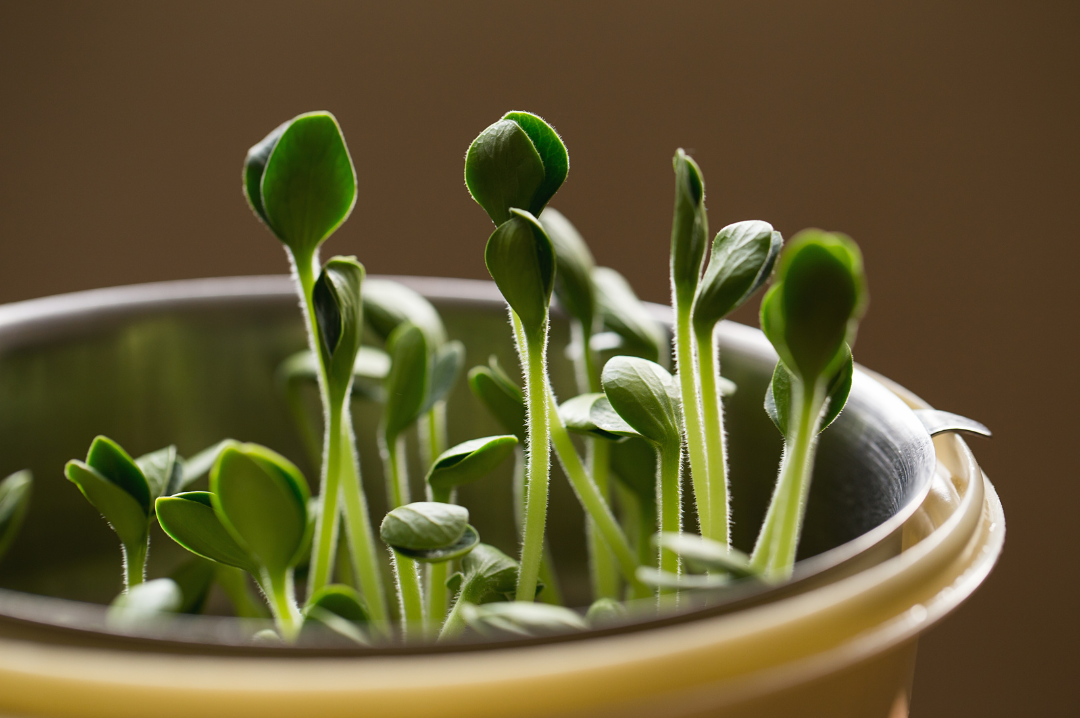

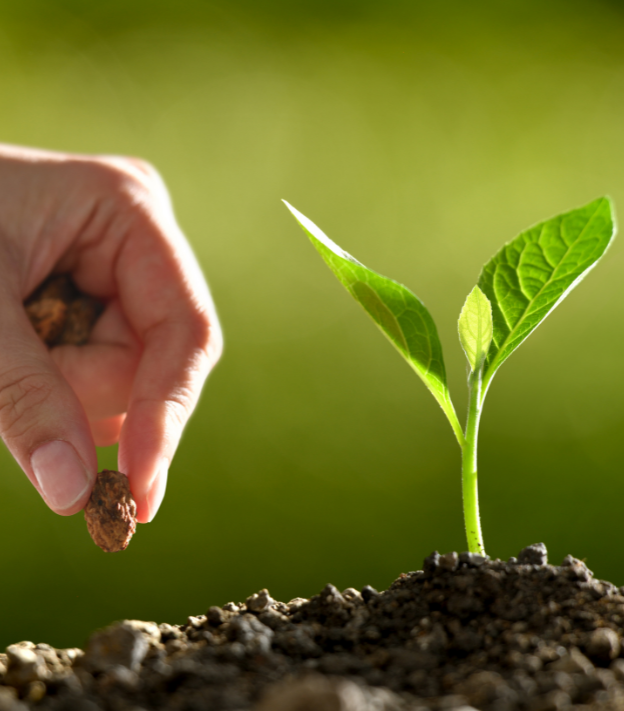
However, there are a few microgreen varieties for which soaking is generally not recommended or necessary:
- Radishes: Radish microgreen seeds are known for their quick germination, and they typically do not require soaking. Soaking radish seeds can lead to overly rapid growth and make them challenging to handle when planting.
- Mustard: Similar to radishes, mustard microgreen seeds germinate quickly and do not usually need soaking. Soaking may cause them to grow too rapidly, resulting in crowded seedlings.
- Arugula: Arugula microgreens are quick to germinate and do not typically require soaking. Soaking may not provide significant benefits and can make it harder to handle the tiny seeds during planting.
- Kale: Kale microgreens also tend to germinate readily without soaking. They are generally easy to grow without this extra step.
- Broccoli: Broccoli microgreen seeds can be soaked, but it is not necessary. They usually germinate well without soaking, and the process can be straightforward without this step.
If you do decide to soak your seeds, place them in a clean container or bowl, ensuring they’re spread out evenly. Cover the seeds with clean, filtered water, allowing about an inch of water above the seeds. Soak for the recommended time, depending on the seed variety. Cover the container to prevent contaminants from entering and maintain room temperature. After soaking, drain excess water using a fine mesh strainer or tilting the container, leaving swollen seeds ready for planting. Follow specific guidelines for each seed variety to achieve optimal germination and successful microgreen growth.
